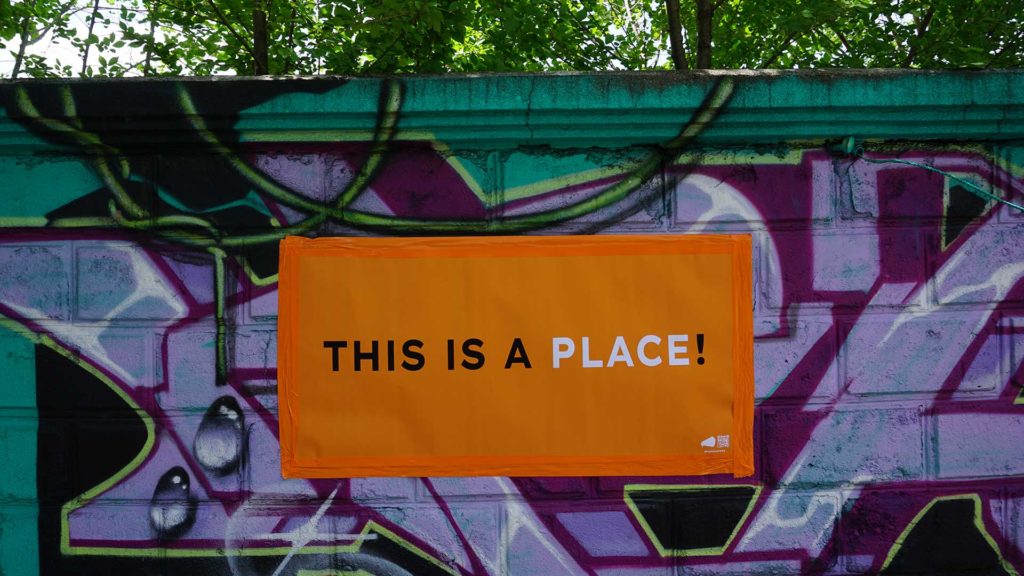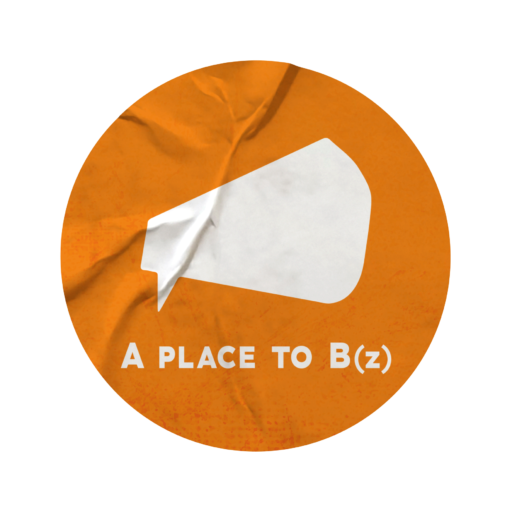You have a right to the city! The philosopher and sociologist Henri Lefebvre wrote this principle as early as 1968 in his work “Le Droit à la Ville”, since then it has been taken up countless times in publications and has become the battle cry of many civil movements. But what exactly does it mean to have a right to the city?
The right to the city, as economic geographer David Harvey describes it, is far more than the individual’s ability to access public spaces. Rather, it is about the right to actively participate in shaping our cities.

But this participation has become more and more difficult over time. In recent decades, we can see how our cities around the world are becoming increasingly similar. Large construction projects are decided upon without consultation with the citizens, financed by non-local or partly foreign donors and cemented in the cities without much respect for the existing urban structures. The investors in these projects see them as objects of speculation with which they want to make one thing above all else – lots of money. They themselves are usually located far away from the projects and thus also from their risks. It’s the local residents who have the most to lose if something goes wrong. At the same time, local residents also have the least power to shape the places in their cities where they spend most of their time.
What’s more, gentrification and one-sided urban planning are tearing these communities apart as many people can no longer afford the rising rents and are forced to move. The focus of many city governments resembles that of a company that has short-term profit in mind. The inner cities lose their life, they only exist for tourists and high earners. There are hardly any places where you can stay without spending money. Everything is regulated and is determined by ordinances and prohibitions.

Actually, the design of a city reflects the values of its society. Their structure shows what kind of social ties we have, how we relate to nature and open spaces, how we use technology and how our lifestyle is structured. But this connection has become imbalanced: the wishes of ordinary citizens, residents, people with low incomes, the socially disadvantaged, people with a migration background, students and above all young people are hardly found in the cities.
You have a right to the city!
This right is a right to shape the city in such a way that it reflects our values as a society. It is a right that puts community above the individualism of the consumerist inner-city lifestyle. It is a right that allows us to be creative in our neighborhoods and create projects that give the city its character. Where there are active communities between the citizens, where there is real trust between neighbors and there is scope for the development of spontaneous connections in everyday life, that is where a city really becomes worth living in. David Harvey describes the right to the city as one of the most precious yet most neglected human rights.
So let’s start exercising this right again and in order to remind our city governments to take this right seriously.
The types of participation can be as diverse as the neighborhoods and citizens themselves, some are well known and others are still being developed. Whether in the form of street festivals, flea markets, city gardens, festivals, playgrounds and sports facilities, open-air cinemas, park benches, street art exhibitions, walks or picnics, the ways of bringing community into public space are only limited by your own creativity.

A lot can also be achieved digitally, by building an online presence, on social networks or via a website, networking with each other in the city or with organizations and movements in other cities is made easier. In addition, this offers an independent platform to inform people about campaigns and to create transparency.
It doesn’t have to be just these leisure events. First and foremost, they create a community and deepen a sense of togetherness, but these events and installations are already deeply political. Becoming politically active means becoming active for the community, taking care of the wishes and needs and bringing about improvements and solutions. The right to participate in the city should therefore not stop at political institutions. We have to become our own lobby in order to build up pressure and see our wishes and needs implemented.
With a strong community, you can achieve a lot through citizens’ initiatives, petitions, participation in city council and district council meetings or targeted public relations work. Let’s not leave the city to the investors, but let’s get creative as a community that is open to all and shape the city according to the needs of us as citizens.
